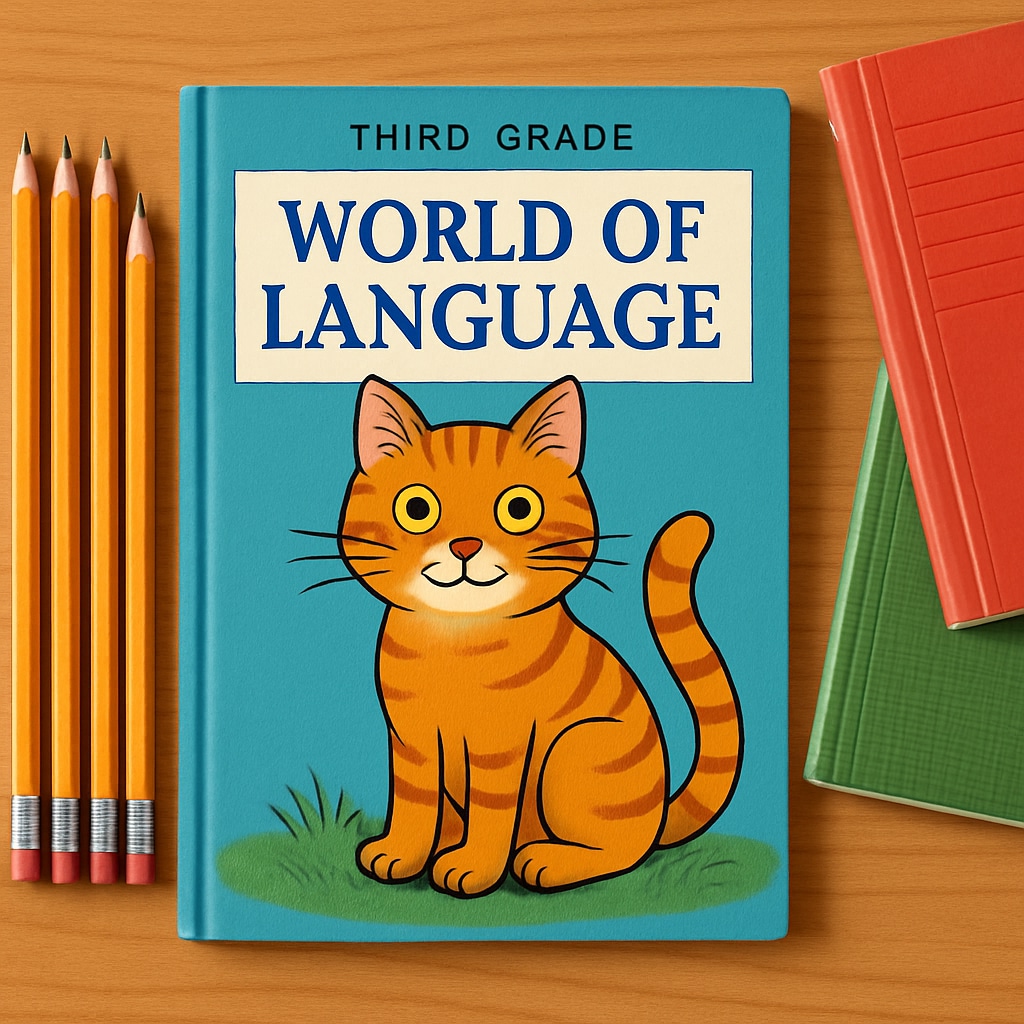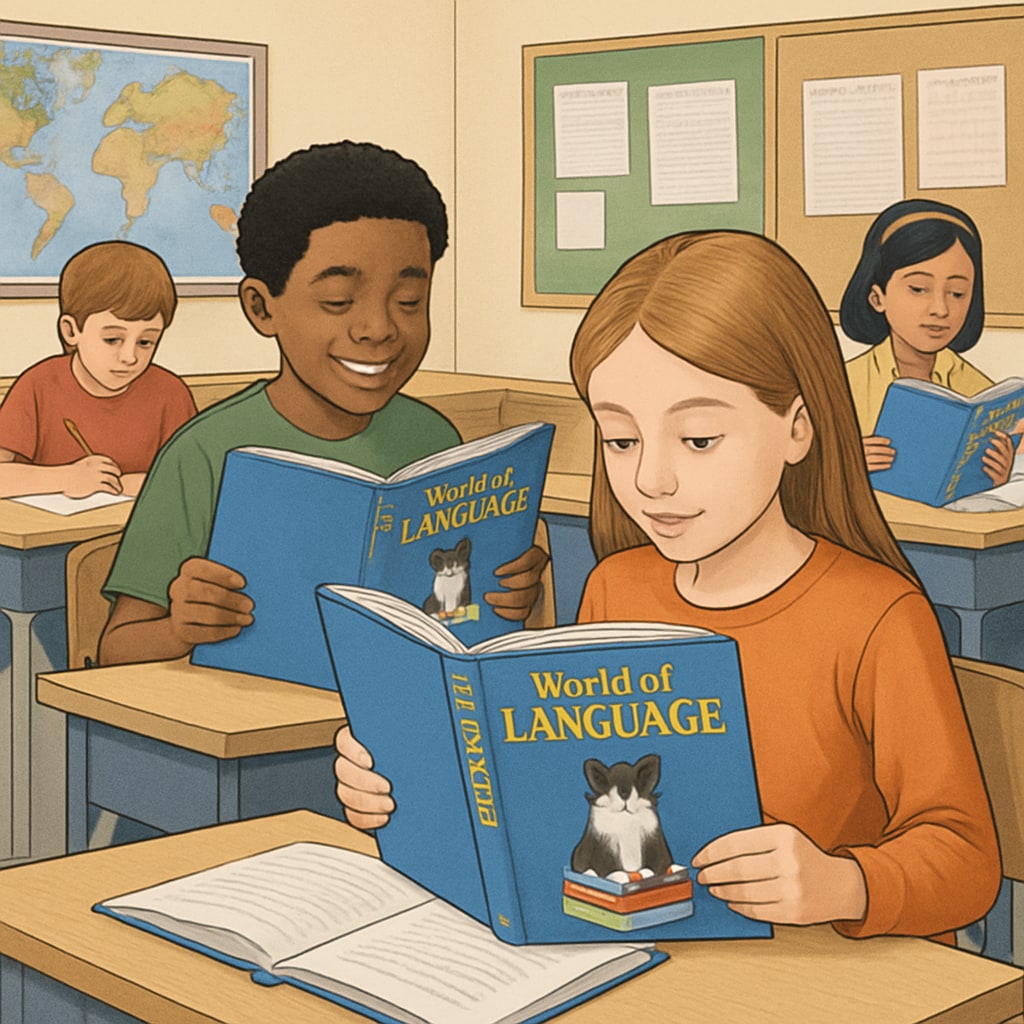The “World of Language” elementary language textbook series holds a unique place in many people’s educational memories. Featuring a playful yet educational design, the third-grade edition with its iconic cat cover captured the imagination of young learners, setting a high standard for language education. In an era dominated by digital tools, revisiting these textbooks provides insight into how structured, engaging, and thoughtful resources can make a lasting impact on language development.
The Artistic and Educational Appeal of “World of Language”
The third-grade “World of Language” textbook stood out not only because of its whimsical cover but also due to its innovative teaching methods. The series integrated storytelling, grammar exercises, and vocabulary building into a cohesive learning experience. This holistic approach ensured that students not only learned the rules of language but also understood how to use them effectively in real-world contexts.
Unlike many modern resources, which often focus on fragmented learning, the “World of Language” series emphasized interconnectedness. For example, a single lesson might transition seamlessly from a short story to an analysis of sentence structure, followed by creative writing prompts. These transitions nurtured critical thinking and creativity while reinforcing core language skills.

Why “World of Language” Remains Relevant Today
In today’s digital-first education landscape, resources like “World of Language” stand out for their depth and structure. While online tools often prioritize convenience and immediate results, these textbooks offered a deliberate and methodical approach to learning. They challenged students to engage deeply with the material, fostering patience and attention to detail—skills that are increasingly rare but highly valuable.
Furthermore, the series incorporated elements of scientific reading, a methodology that combines linguistic principles with cognitive science to enhance comprehension and retention. This approach aligns with modern research on effective teaching techniques, demonstrating the foresight of the textbook’s creators.

The Timeless Wisdom of Classic Language Education
There is much to learn from the way “World of Language” approached education. Its emphasis on storytelling, creative exercises, and structured learning serves as a reminder that teaching language is not just about memorizing rules—it’s about fostering a love for communication and expression. These textbooks succeeded by making language learning feel intuitive and enjoyable, rather than mechanical.
As schools increasingly adopt digital resources, revisiting classic materials like “World of Language” can provide valuable insights. Educators might consider integrating some of these timeless methods into their curricula to strike a balance between technology-driven efficiency and the depth of traditional approaches.
For those interested in exploring the history and impact of language education, resources such as Language Education on Wikipedia and Language Learning on Britannica offer excellent starting points.
In conclusion, the “World of Language” series serves as a testament to the enduring value of thoughtful and creative educational materials. Its lessons remain relevant, reminding us that effective language education is as much about nurturing curiosity and creativity as it is about imparting technical skills.


